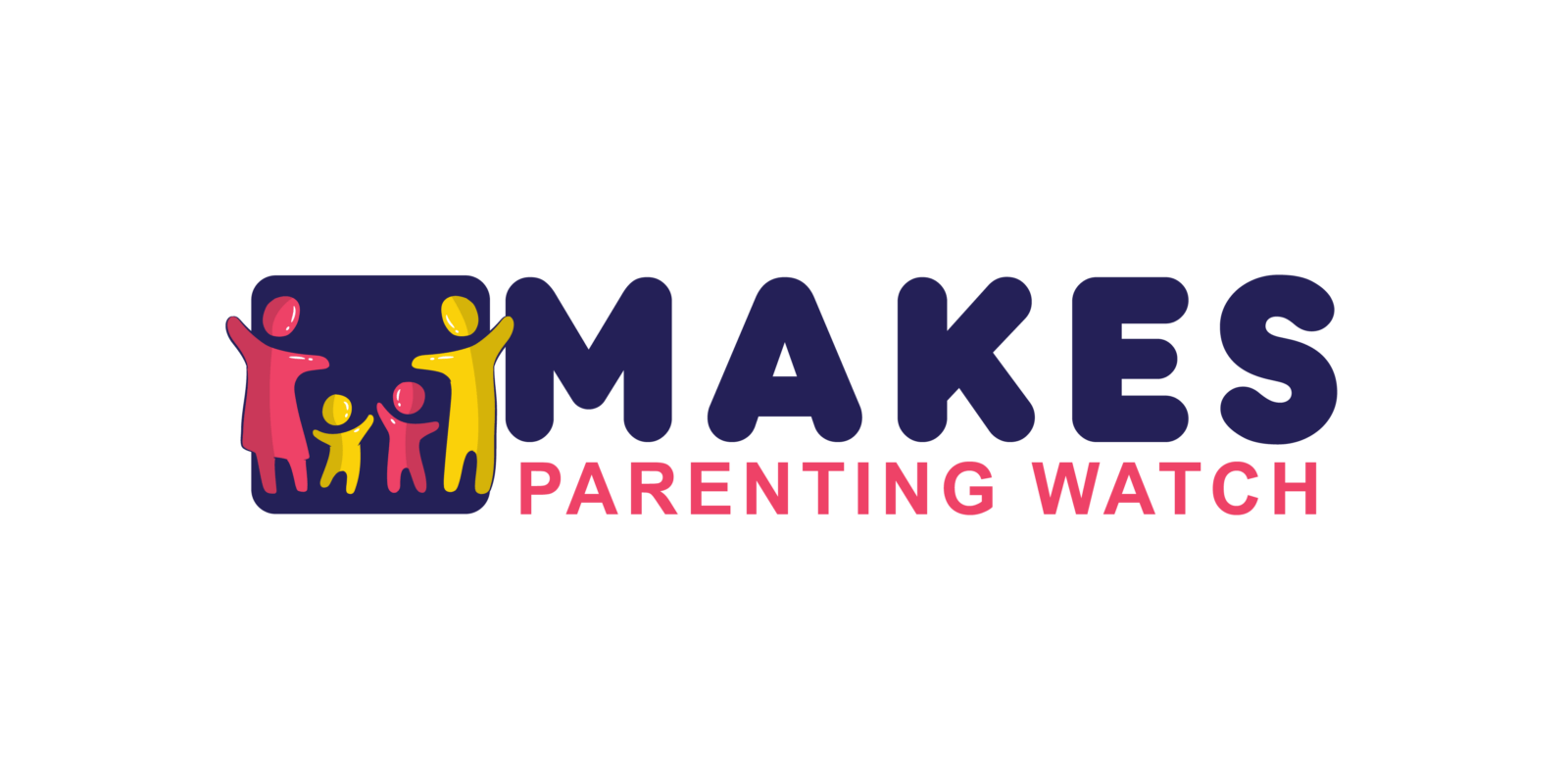The Growing Importance of Social Media Safety
Social media platforms continue to influence kids’ lives significantly. They use these platforms to connect with friends, share experiences, and explore interests. However, these activities can come with risks. It’s crucial to understand these risks and implement measures to counter them.
Cyberbullying
Cyberbullying remains a major concern. A 2021 survey by the Cyberbullying Research Center found that 23% of middle and high school students experienced cyberbullying in the past 30 days. Kids can face threats to their emotional and mental health if exposed to online harassment.
Privacy Breaches
Privacy breaches can expose personal information. In 2020, over 36% of social media users reported compromises of their private data. For children, such breaches could lead to identity theft or unwanted contact by strangers.
Exposure to Inappropriate Content
Inappropriate content remains rampant online. Kids may accidentally encounter or seek out age-inappropriate materials. This exposure can influence their behavior negatively and impact their development.
Online Predators
Online predators pose serious threats. They can exploit social media to disguise their intent and build trust with children. In 2019, the National Center for Missing and Exploited Children received over 18.4 million reports of online enticement.
Mental Health Concerns
Social media use impacts kids’ mental health. The constant comparison, peer pressure, and exposure to cyberbullying can contribute to anxiety and depression. A study by JAMA Pediatrics indicates a link between screen time and depressive symptoms among adolescents.
By understanding these risks, parents can take proactive steps to ensure their kids’ safety online. Applying privacy settings, monitoring social media use, and having open conversations are essential practices. The growing importance of social media safety cannot be overstated, given the evolving threats in the digital world. Implementing protective measures helps create a safer online environment for kids.
Common Dangers on Social Media

Social media platforms present various dangers, making it essential for parents to understand and mitigate these risks to protect their children online.
Cyberbullying
Cyberbullying involves the use of digital communication tools to harass or intimidate others. Children may experience malicious messages, doctored images, or exclusion from groups. According to the Cyberbullying Research Center, about 37% of students between 12-17 have been cyberbullied at least once. It’s crucial to recognize the signs, such as sudden withdrawal or a decline in academic performance, and to address the issue promptly.
Exposure to Inappropriate Content
Children may encounter age-inappropriate material, including violence, explicit imagery, or harmful ideologies. For instance, a Common Sense Media report found that nearly 56% of teens had been exposed to some form of inappropriate content. Implementing strict privacy settings and utilizing content filters can mitigate these risks. Supervising the social media platforms they use helps ensure they view only appropriate material.
Online Predators
Online predators exploit social media to build relationships with minors for nefarious purposes. The Internet Crimes Against Children Task Force (ICAC) reported an increase in online enticement cases by 15% in 2023. These predators often pose as peers and gradually gain the child’s trust through manipulation. Parents should educate their children about the dangers of sharing personal information and encourage them to report any suspicious interactions immediately.
Essential Safety Measures for Parents
Parents face an array of challenges as they work to ensure their children’s online safety. It’s crucial to adopt proactive measures to protect kids from digital threats in 2024.
Setting Parental Controls
Parental controls restrict access to inappropriate content. Each social media platform, such as Facebook and Instagram, offers settings that help manage what kids see and do online. To set these controls:
- Create Individual Profiles: Set up separate profiles for children on shared devices. This limits their access to age-appropriate content.
- Use Built-in Features: Platforms like YouTube Kids allow parents to approve specific channels or videos, providing more control over what children watch.
- Apply Filters and Blocks: Enable filters that block mature content and set up keyword alerts for potentially risky terms.
These tools create a safer browsing environment, reducing the risk of exposure to harmful content.
Monitoring Online Activity
Staying informed about children’s online interactions is essential. Regularly checking activity can help parents detect any red flags early. Effective monitoring strategies include:
- Reviewing Friend Lists: Regularly check the friends or followers lists on platforms like Snapchat and TikTok to ensure your child interacts only with known individuals.
- Checking Browsing History: This can provide insights into the websites your child visits and highlight any inappropriate content encountered.
- Using Monitoring Software: Tools like Bark and Qustodio offer detailed reports on social media usage, including messages, comments, and video views.
By keeping an eye on online activities, parents can intervene when necessary and guide their children in making safer online choices.
Educating Kids About Online Safety
Educating kids about online safety’s essential to ensuring their digital wellbeing. Parents need to be proactive and provide the right guidance.
Encouraging Open Communication
Regular conversations about online activities build trust. If kids trust you, they’ll likely share issues they face online. Ask about their favorite platforms and why they enjoy them. Share relevant personal experiences or stories you know about online safety to make the information relatable. Stress the importance of reporting anything that makes them uncomfortable.
Teaching Responsible Online Behavior
Kids should understand the impact of their online actions. Explain why respecting others online’s crucial and discuss the consequences of cyberbullying. Encourage them to think before they post and to maintain privacy settings on their accounts. Use real-world examples like the rise in cyberbullying cases to show the importance of responsible behavior.
Recommended Tools and Resources
Various tools and resources help parents protect their kids on social media. Leveraging these can create a safer online environment.
Safety Software and Apps
Several software and apps can monitor and control online activities. Examples include:
- Bark: Monitors texts, emails, and apps for signs of cyberbullying, predators, and other threats. Sends alerts to parents if issues arise.
- Qustodio: Helps manage screen time, monitor social media, and track location. Provides detailed activity reports for better oversight.
- Net Nanny: Blocks inappropriate content, manages screen time, and includes real-time alerts for potential risks. Offers web filtering and app management.
- Kaspersky Safe Kids: Provides location tracking, social media monitoring, and app usage control. Offers advice from child psychologists on age-appropriate settings.
These apps offer comprehensive tools for safeguarding children online by proactively detecting and addressing risks.
Educational Websites and Guides
Educational websites and guides provide valuable insights for both parents and children. Examples include:
- Common Sense Media: Offers reviews and advice on movies, TV shows, apps, and games. Provides detailed information on setting parental controls.
- ConnectSafely: Features safety tips, advice, and guides on social media use. Covers topics like cyberbullying prevention and privacy concerns.
- NetSmartz: Created by the National Center for Missing & Exploited Children, it provides educational resources on online safety. Includes videos, games, and activity cards for children.
- StaySafeOnline: Provides information on cybersecurity practices. Offers guides on securing social media accounts and protecting personal information.
These resources educate families about online risks and offer strategies to maintain digital safety.



 Jameslee Silverayees – Founder Jameslee Silverayees is the founder and driving force behind Makes Parenting Watch, a comprehensive platform designed to support parents at every stage of their journey. As a parent himself, Jameslee recognized the overwhelming amount of information available and the need for a trusted source that offers practical, expert-backed advice. Drawing on his own experiences and his passion for family well-being, he created Makes Parenting Watch to be a one-stop resource for news, updates, and tips on everything from newborn care to family travel. Under his leadership, the website has grown into a highly respected community of parents, caregivers, and experts who come together to share insights and solutions. Jameslee is deeply committed to empowering families with the knowledge they need to raise healthy, happy children while fostering stronger family bonds.
Jameslee Silverayees – Founder Jameslee Silverayees is the founder and driving force behind Makes Parenting Watch, a comprehensive platform designed to support parents at every stage of their journey. As a parent himself, Jameslee recognized the overwhelming amount of information available and the need for a trusted source that offers practical, expert-backed advice. Drawing on his own experiences and his passion for family well-being, he created Makes Parenting Watch to be a one-stop resource for news, updates, and tips on everything from newborn care to family travel. Under his leadership, the website has grown into a highly respected community of parents, caregivers, and experts who come together to share insights and solutions. Jameslee is deeply committed to empowering families with the knowledge they need to raise healthy, happy children while fostering stronger family bonds.
